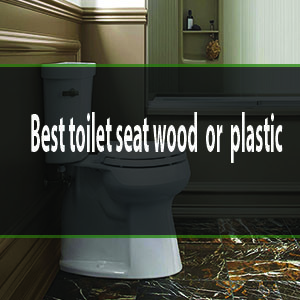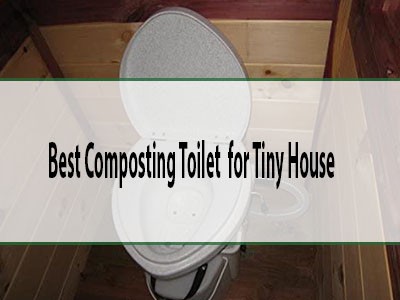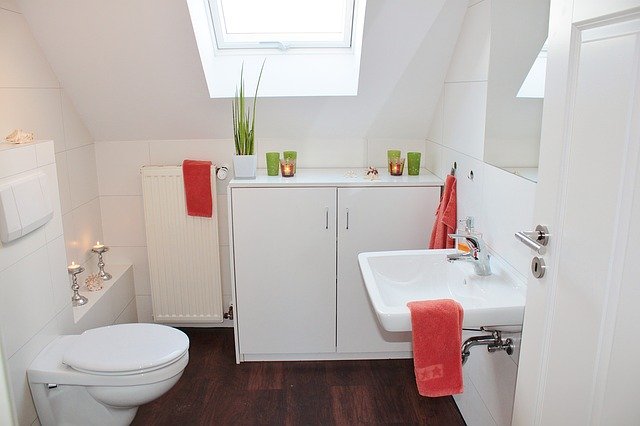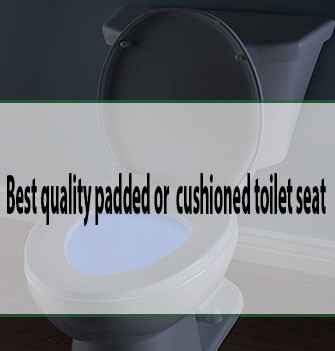Ever found yourself frustrated with a toilet bowl that just doesn’t fill up enough? You’re not alone.
A toilet that doesn’t fill properly can be a real nuisance, leaving you wondering what went wrong and how to fix it. Luckily, understanding the mechanics behind this common issue can lead you to a simple solution. Imagine the peace of mind you’ll have once you know exactly how to adjust your toilet bowl’s water level to your liking.
It’s not just about convenience; it’s about transforming a small but significant part of your daily life. By the end of this article, you’ll have the confidence and knowledge to tackle this problem head-on. Curious to learn the quick and easy steps to make your toilet bowl fill up more? Let’s dive in and solve this little mystery together.
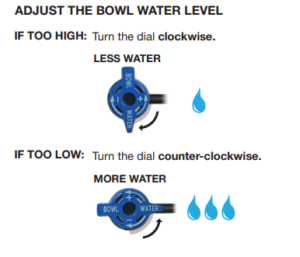
Credit: www.fluidmaster.com
Table of Contents
Adjusting The Float
Toilets use different floats. Ball floats are round and sit on the water. Cup floats slide on the fill valve. Both control water level in the toilet tank. Identify which type you have. This helps in making the right adjustments.
Turn off the toilet water supply first. Look for a long arm with a ball at the end. This is the ball float. Bend the arm gently to adjust the water level. Bending it down fills the bowl more. Do not bend too hard to avoid breaking it.
Cup floats are different. They have a clip or screw on the fill valve. Move the clip up to let more water in. This makes the bowl fill higher. Adjust carefully and test flush after each change.

Credit: m.youtube.com
Checking The Fill Valve
Find the fill valve inside the toilet tank. It’s usually on the left side. It’s tall and has a tube connected to it. The fill valve controls the water flow in your toilet. Make sure it’s not blocked. This helps the toilet bowl fill properly.
Turn off the water supply to the toilet. Flush the toilet to empty the tank. Remove the fill valve cap carefully. Look for dirt or debris inside. Clean with a small brush or cloth. Make sure the valve is clear. This helps water flow smoothly.
Sometimes the valve is broken. Buy a new fill valve from a store. Make sure it fits your toilet model. Turn off the water supply first. Remove the old valve carefully. Install the new one by following the instructions. Test the toilet by flushing it. Make sure the bowl fills up properly.
Inspecting The Water Supply Line
Ensuring Proper Connection: Check if the water line connects well. The valve must be open. Water should flow smoothly. Tighten the connections if they are loose. This helps water fill the toilet bowl properly.
Clearing Any Blockages: Look for kinks or twists in the hose. These can block water flow. Remove any kinks you find. Make sure the water can pass easily. Blockages can stop the bowl from filling.
Replacing a Damaged Line: A broken line won’t work well. Look for leaks or cracks. Replace the damaged line quickly. A new line helps water flow better. This lets the bowl fill up more.
Testing The Water Pressure
Testing the water pressure in your home can help the toilet bowl fill up more efficiently. Adjusting the valve ensures the right balance for a quicker refill. This simple check improves functionality without complex tools.
Measuring Current Pressure
Begin by checking the water pressure in your toilet. Use a pressure gauge to measure it. Attach the gauge to the water supply line. Turn on the water. Wait for the reading to stabilize. A normal pressure is between 40-60 psi. If the pressure is lower, the toilet may not fill properly.
Adjusting Pressure Regulator
The pressure regulator controls water flow. Locate the regulator near the main water line. Use a wrench to turn the adjustment screw. Turn clockwise to increase pressure. Do it slowly. Check the pressure again with the gauge. Adjust until the desired pressure is reached. Remember, too much pressure can cause leaks.
Consulting A Professional
Sometimes, it’s best to seek help. A plumber can provide expert advice. They can diagnose tricky issues. They might spot hidden problems. Professionals have tools and experience. They ensure your plumbing works well. Call if you’re unsure or need assistance.
Exploring Alternative Solutions
A tank insert can help your toilet bowl fill up more. This small device is placed inside the toilet tank. It can make the water level rise. Tank inserts are cheap and easy to find. They help save water by controlling the flow. It’s a simple fix for many toilets.
Installing a new fill valve can improve water flow. This part controls how much water refills the toilet bowl. Old valves may not work well. A new valve can be more efficient. Tools are needed for this task. Instructions come with the new valve. Be sure to turn off water before starting.
Upgrading the toilet can be another solution. Newer models often use water better. They are designed to fill efficiently. This may cost more but saves water in the long run. Consider the size and style before buying. Some toilets are taller or have different shapes. Choose what fits your bathroom.

Credit: m.youtube.com
Frequently Asked Questions
How Can I Increase Water In Toilet Bowl?
To increase water in the toilet bowl, adjust the float in the tank. This ensures the water level rises higher. Alternatively, check if the fill valve is working correctly. Sometimes, cleaning the valve or replacing it can solve low water issues.
Why Does My Toilet Bowl Have Low Water?
Low water in the toilet bowl often results from a malfunctioning fill valve or incorrect float adjustment. Ensure the float is set properly to allow more water in. Blockages or leaks can also cause low water levels, so inspecting for any damage is essential.
What Tools Are Needed To Adjust Toilet Water?
Adjusting toilet water typically requires a screwdriver and possibly pliers. These tools help in adjusting the float or replacing the fill valve. A towel can be handy to catch any water spills during the process.
How To Check Toilet Fill Valve Functionality?
To check the toilet fill valve, observe the water fill speed after flushing. Slow or incomplete filling indicates a malfunction. Remove the valve cap and inspect for debris or damage. Cleaning or replacing the valve often resolves issues.
Conclusion
Fixing a toilet’s fill level isn’t hard. Follow the steps shared above. Adjust the float valve. Check the water supply. Ensure connections are secure. Regular maintenance helps avoid future issues. Keep an eye on water levels. It saves water and prevents overflows.
Small adjustments can make a big difference. Remember to consult a plumber if needed. A properly filling toilet enhances home comfort. Enjoy peace of mind with a well-functioning bathroom. No more worries about an overflowing toilet bowl.


